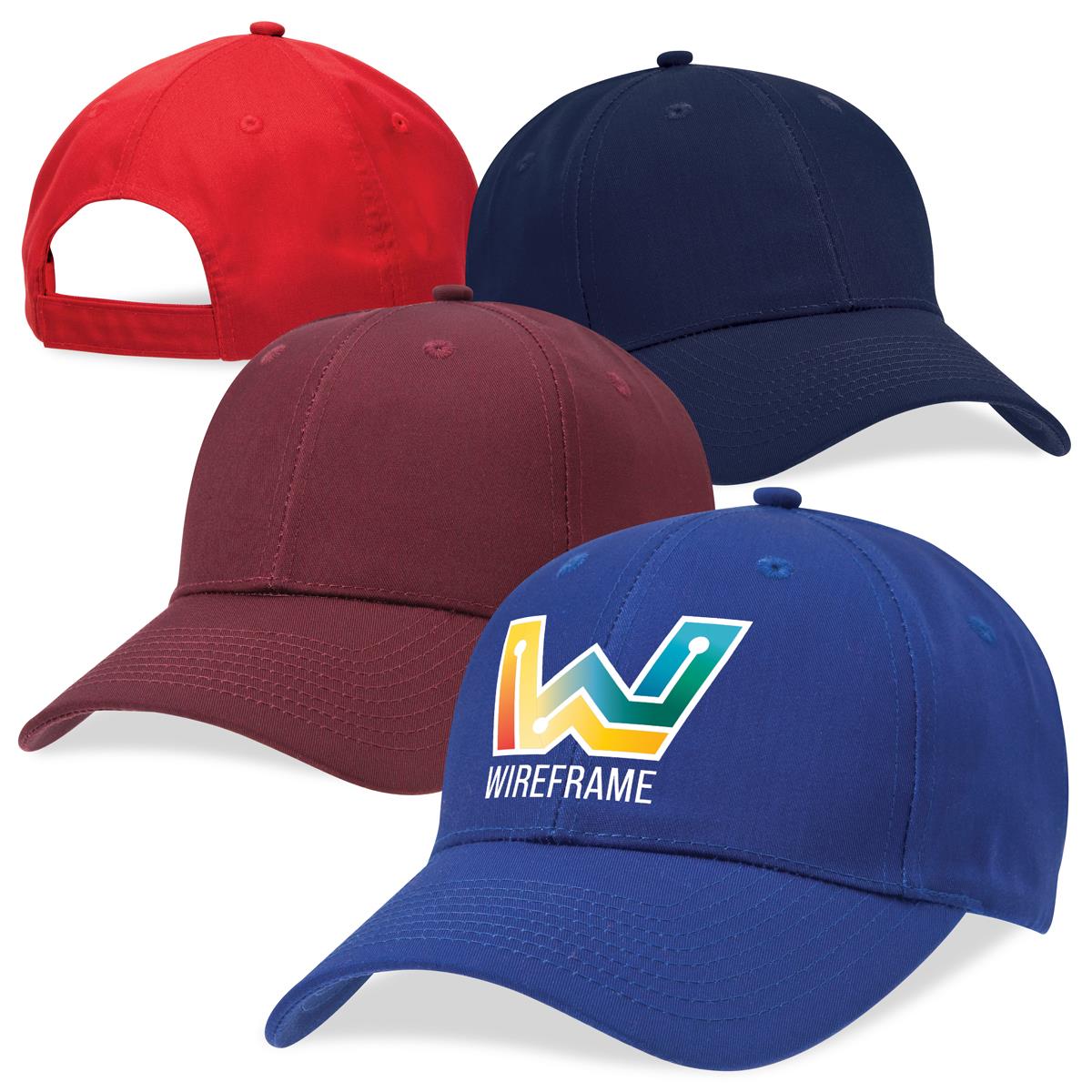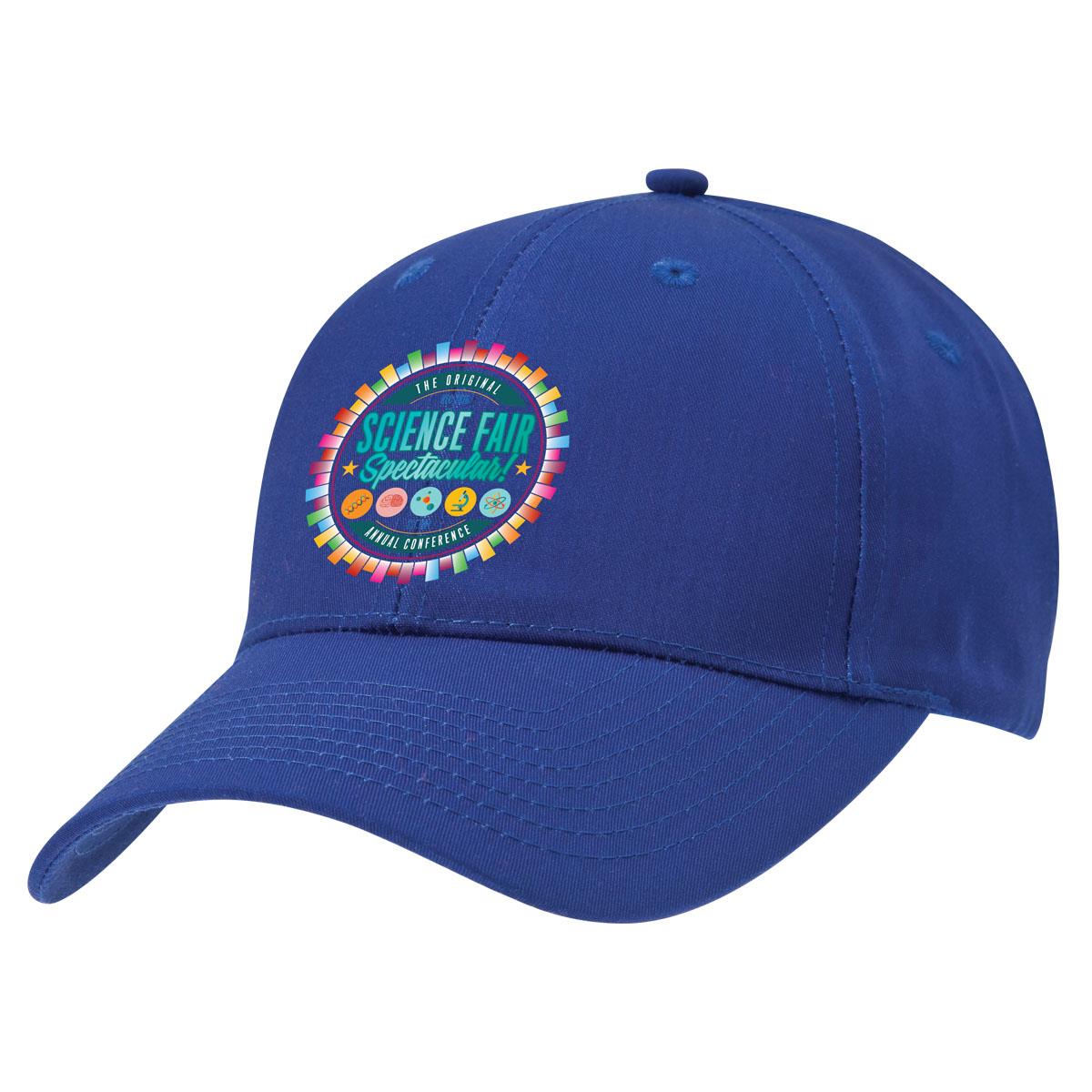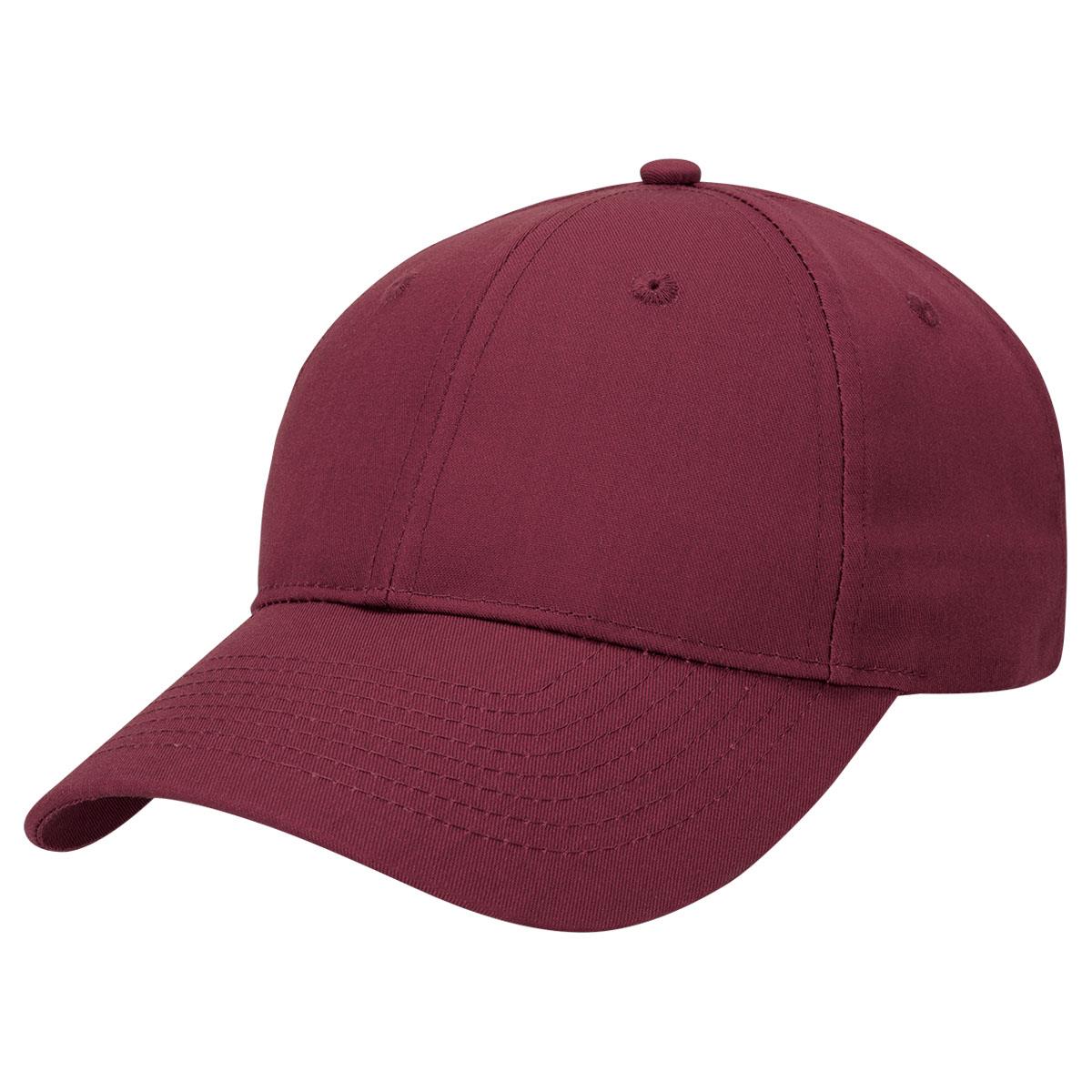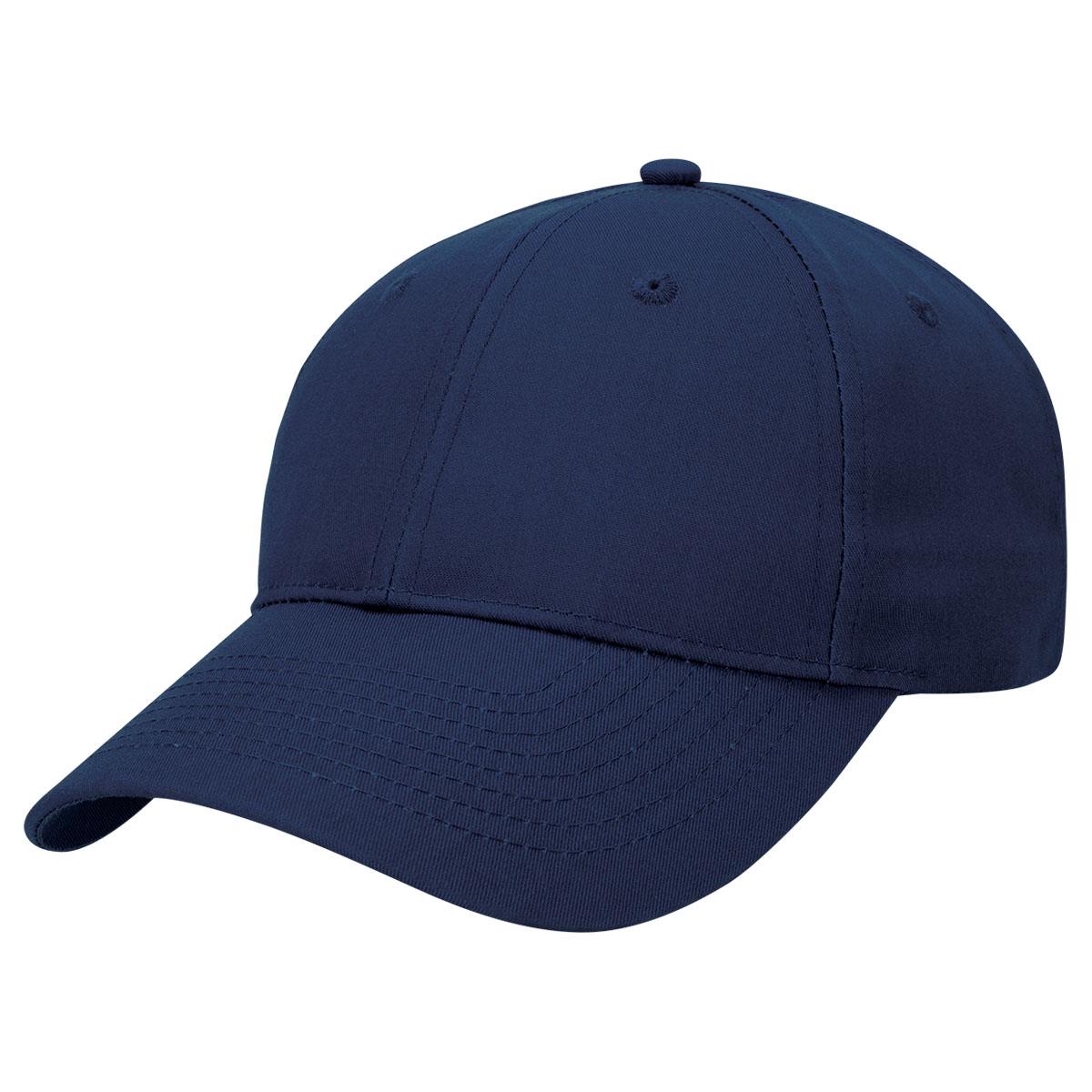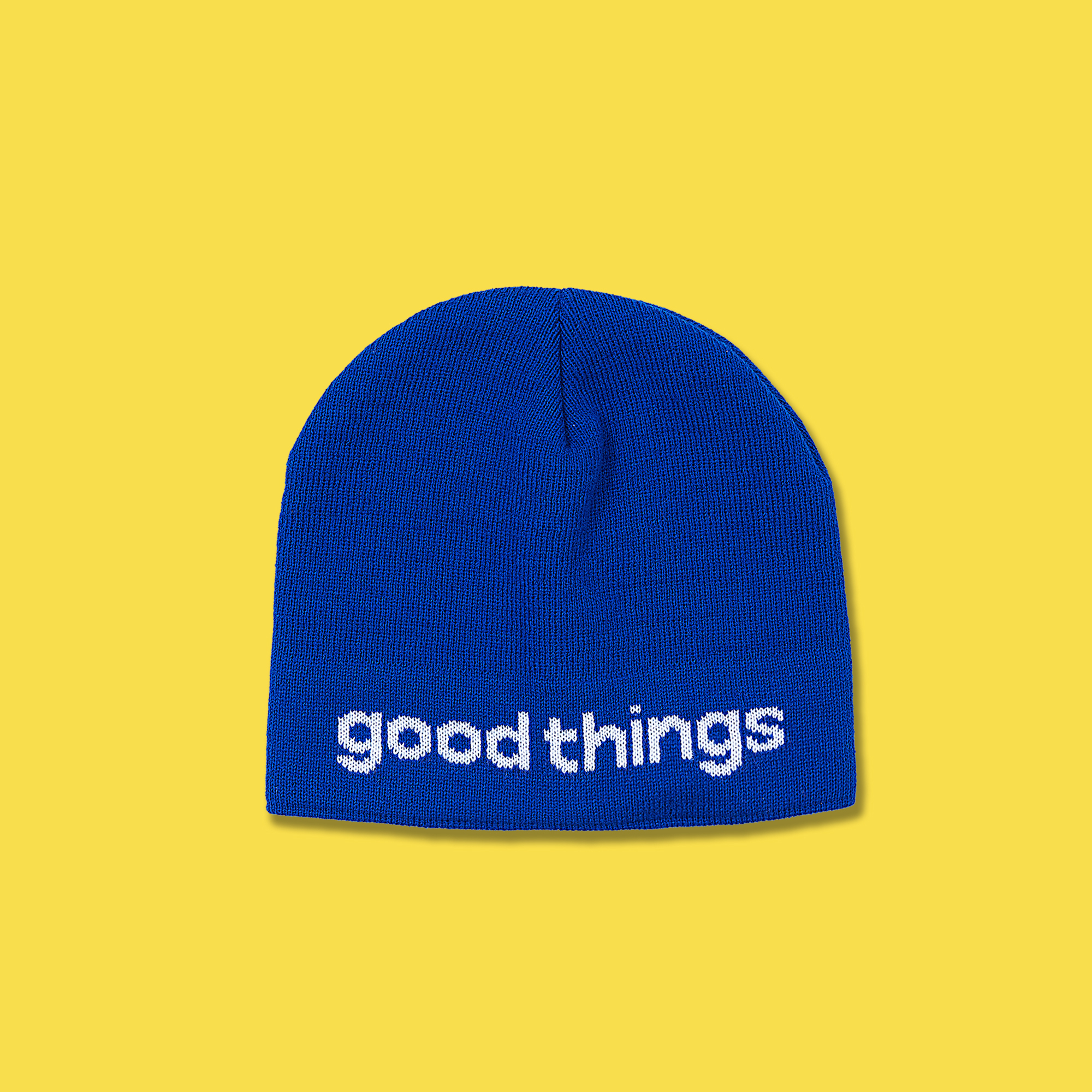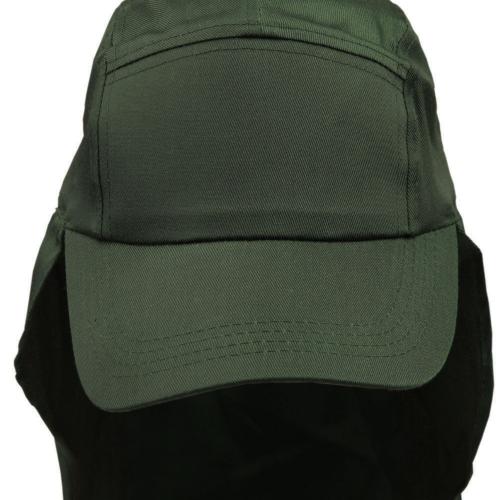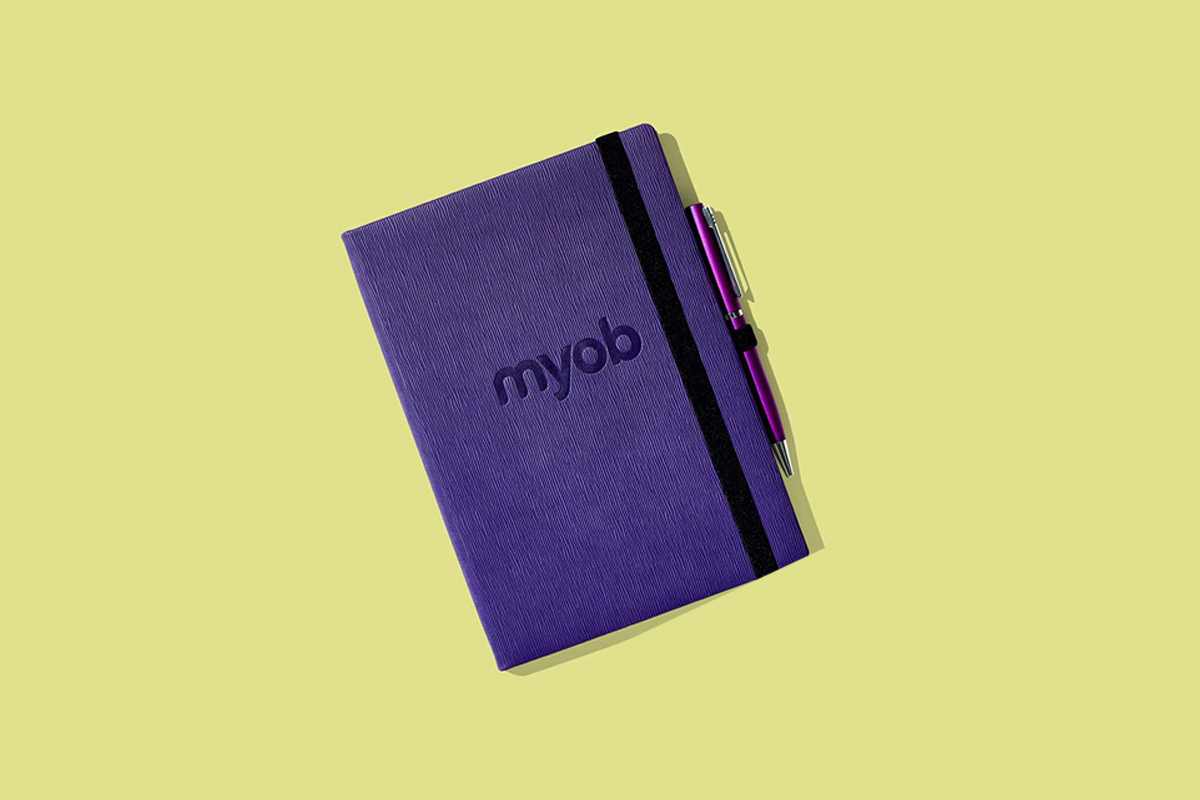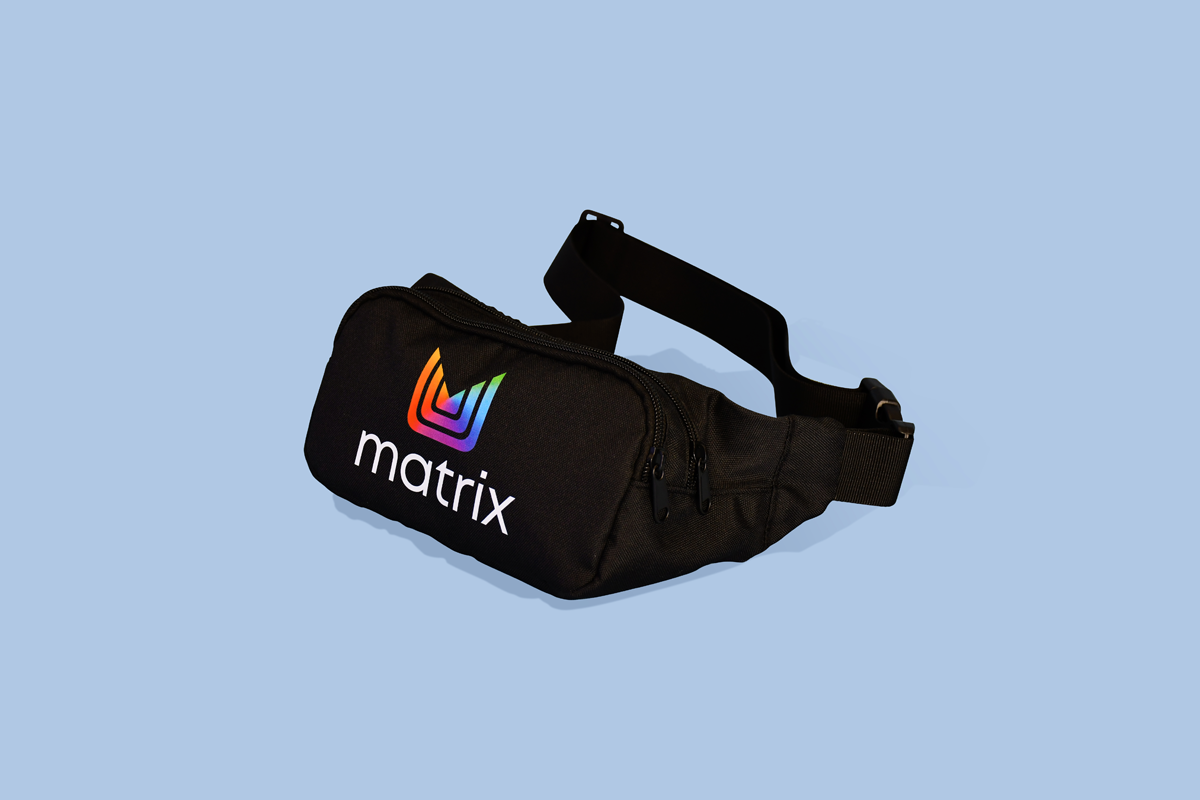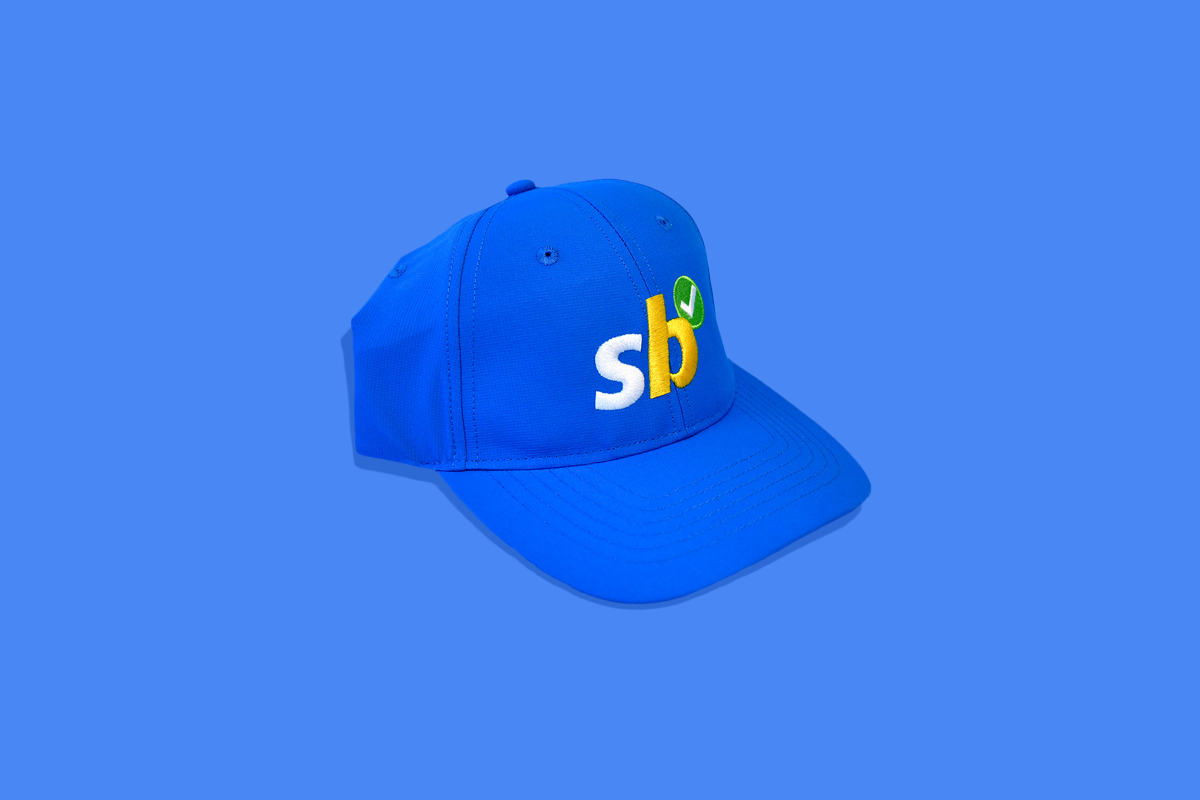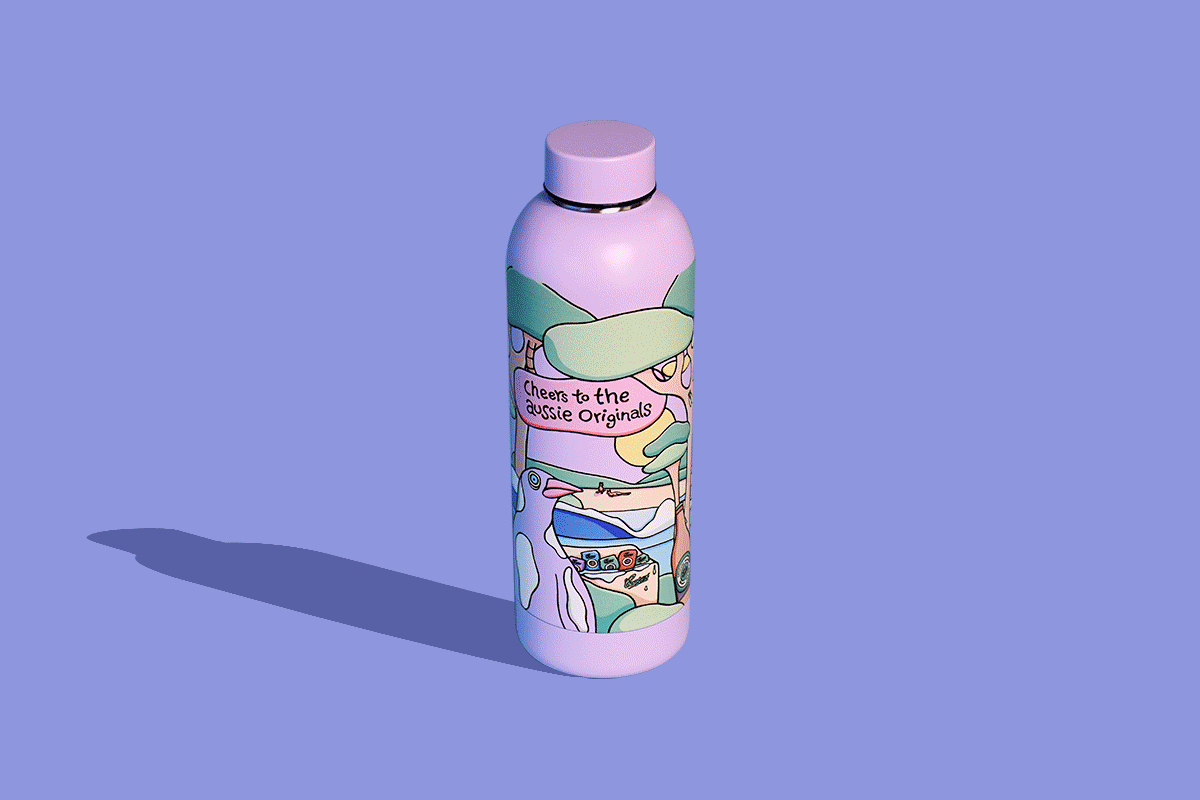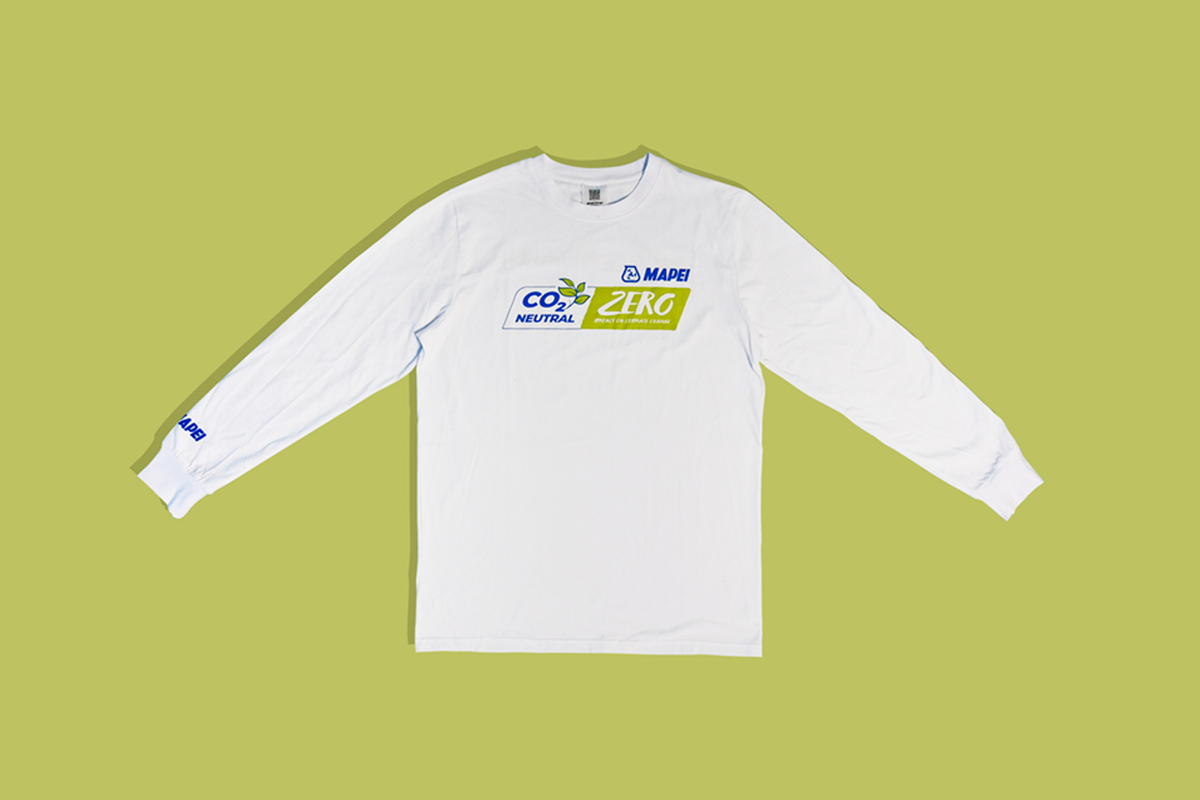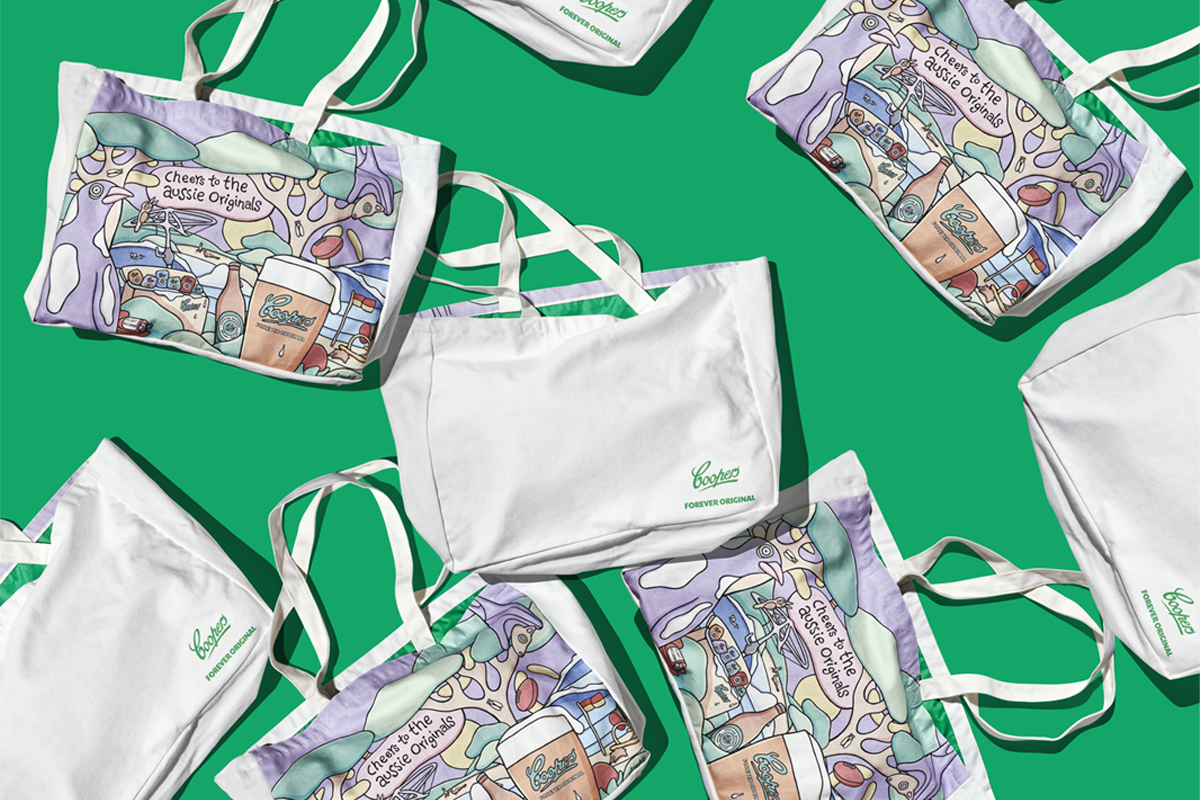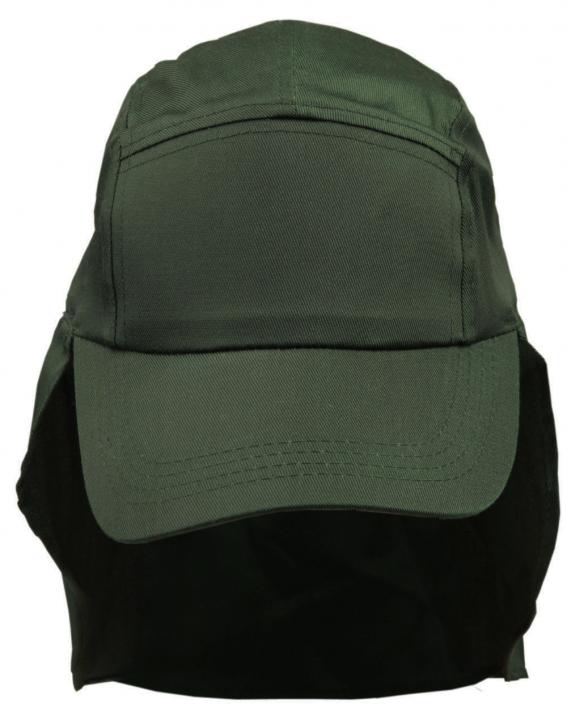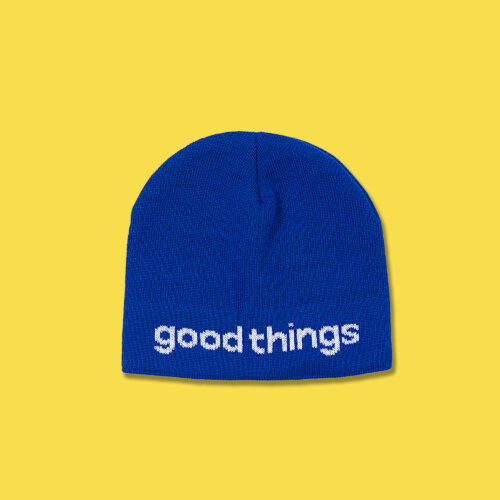Description
The Poly Viscose Cap is trendy and functional for all sports and teams.
• 65% polyester/35% viscose
• Pre-curved peak
• Padded cotton sweatband
• Velcro fastener
• Embroidered eyelets
• Structured 6 panel design
• Fade resistant
Additional information
| Colour | Maroon, Royal, Navy |
|---|---|
| Decoration | Small Embroidery up to 5K stitches, Medium Embroidery up to 10k stitches, Large Embroidery up to 15K Stitches 18cm wide, Medium 3D Embroidery up to 10k stitches, Large 3D Embroidery up to 15K Stitches 18cm wide, Small Full colour digital Transfer 12x6cm (SuperColour), None |
| Decoration 2 | None, Small Embroidery up to 5K stitches, Small Full colour digital Transfer 12x6cm (SuperColour) |
| Decoration 3 | None, Small Embroidery up to 5K stitches, Small Full colour digital Transfer 12x6cm (SuperColour) |
| Optional | None, Poly Bagging, Embroidered names up to 2k stitches, Names up to 12cm wide Powerprint |
| Material | Polyester, viscose |
| Production Time | 2 Weeks Production Time |
Our guarantee
All of our products are fully guaranteed to work, look and feel as designed.
Our most highly regarded company value at Good Things is integrity. We do what we say we are going to do in a timely fashion. We get "Back in a Flash" to all our clients for quotes, artwork and samples.
It is essential in our industry - from meeting delivery deadlines, through to having a product match a sample when delivered to each minute detail.
When dealing with us you can expect to get exactly what you ordered: as agreed, and on time. That is the Good Things Guarantee.
Product reviews
Poly Viscose Cap

99.4% jobs
delivered on-time

Free graphic
design

Quotes within
24 hours
Get an instant quote
Description
The Poly Viscose Cap is trendy and functional for all sports and teams.
• 65% polyester/35% viscose
• Pre-curved peak
• Padded cotton sweatband
• Velcro fastener
• Embroidered eyelets
• Structured 6 panel design
• Fade resistant
Additional information
| Colour | Maroon, Royal, Navy |
|---|---|
| Decoration | Small Embroidery up to 5K stitches, Medium Embroidery up to 10k stitches, Large Embroidery up to 15K Stitches 18cm wide, Medium 3D Embroidery up to 10k stitches, Large 3D Embroidery up to 15K Stitches 18cm wide, Small Full colour digital Transfer 12x6cm (SuperColour), None |
| Decoration 2 | None, Small Embroidery up to 5K stitches, Small Full colour digital Transfer 12x6cm (SuperColour) |
| Decoration 3 | None, Small Embroidery up to 5K stitches, Small Full colour digital Transfer 12x6cm (SuperColour) |
| Optional | None, Poly Bagging, Embroidered names up to 2k stitches, Names up to 12cm wide Powerprint |
| Material | Polyester, viscose |
| Production Time | 2 Weeks Production Time |
Our guarantee
All of our products are fully guaranteed to work, look and feel as designed.
Our most highly regarded company value at Good Things is integrity. We do what we say we are going to do in a timely fashion. We get "Back in a Flash" to all our clients for quotes, artwork and samples.
It is essential in our industry - from meeting delivery deadlines, through to having a product match a sample when delivered to each minute detail.
When dealing with us you can expect to get exactly what you ordered: as agreed, and on time. That is the Good Things Guarantee.
 Australian-Owned
Australian-Owned
